Intro
Hi all! It was suggested to me to post up on here about a stereoscopic camera project I'm working on, as I want to see if there's any way I can link it to conservation and nature in general. I'm thinking it might be a good tool for live video streaming, but in 3D rather than 2D. This would require the user to have a sterescopic image viewer or a google cardboard for their phone, which is a barrier to viewing the content, but it's still something I'm thinking on!
The stereoscopic camera can be used just like a normal camera, so you can take still photos with it, or you can set it up to stream live video to either a local network or a website.
Build
The sterescopic camera is built with a StereoPi, which is a type of Raspberry Pi computer which has been modified to support two Raspberry Pi cameras being used at the same time, rather than just one. It utilises a Raspberry Pi Compute module to do this.
The advantage of using the StereoPi, especially for conservation, is that you can add in extra sensors to it to trigger photographs or video to be taken, such as a PIR motion sensor or a light sensor. You can also program how long either action should take. Raspberry Pi has also recently released their "High Quality Camera", which allows for the addition of C and CS mount lenses, which are compatible with the StereoPi. This opens up a lot of possibilities!
For the power it uses an Ansmann 7200mAh li-ion battery, which gives it a good battery life when using it as a normal camera out and about (still testing the total time it can be powered on for). For power management it uses an Adafruit Powerboost 1000c. This allows for charging of the li-ion battery and the powering of the StereoPi at the same time, which is quite handy!
Please excuse any poor soldering jobs you see, as I'm still learning about how to solder correctly. This is mainly aimed at the power switch on the case, which I've now removed and am going to replace with something a bit neater!
Case
I'm currently in the process of designing a modular case for it, it's mostly finished, but I need to test print some of the parts with a 3D printer to make sure everything fits together as it should. For now I'm using an enclosure for the camera's case I've found online, and have cut into it to allow for access to the StereoPi's ports and for additional buttons to be configured.
I've attached a couple of images showing the case design. One of the back of the case, showing the sliding back for it along with the component tray. The other image shows the case from the front, along with the camera boxes and a "wing" attachment, allowing for greater interpupillary distance between the cameras, which in turn allows for objects at a far distance to be photographed with stereoscopic depth.
Ideas
I'm posting about this mainly to see if anyone has ideas on how technology like this might be used for conservation, but also just as a "Hello World" message from me to connect to some more of the WildLabs folk. I've spoken briefly to some of you on the Tech Tutors talks which was great, so it would be nice to make more connections here :)
I've attached some images of the real-world camera build along with some screenshots of the modular case design I'm creating. I'm currently in the process of having the front of the camera case printed along with the camera boxes to see if they fit and slide together nicely!
Credits
I felt it necessary to mention that I'm not the creator of the StereoPi board nor am I affiliated in any way financially or commercially with it, and that I'm simply using it to achieve my stereoscopic camera plans. If you want to learn more about it, feel free to give a tweet to Eugene @StereoPi on Twitter!
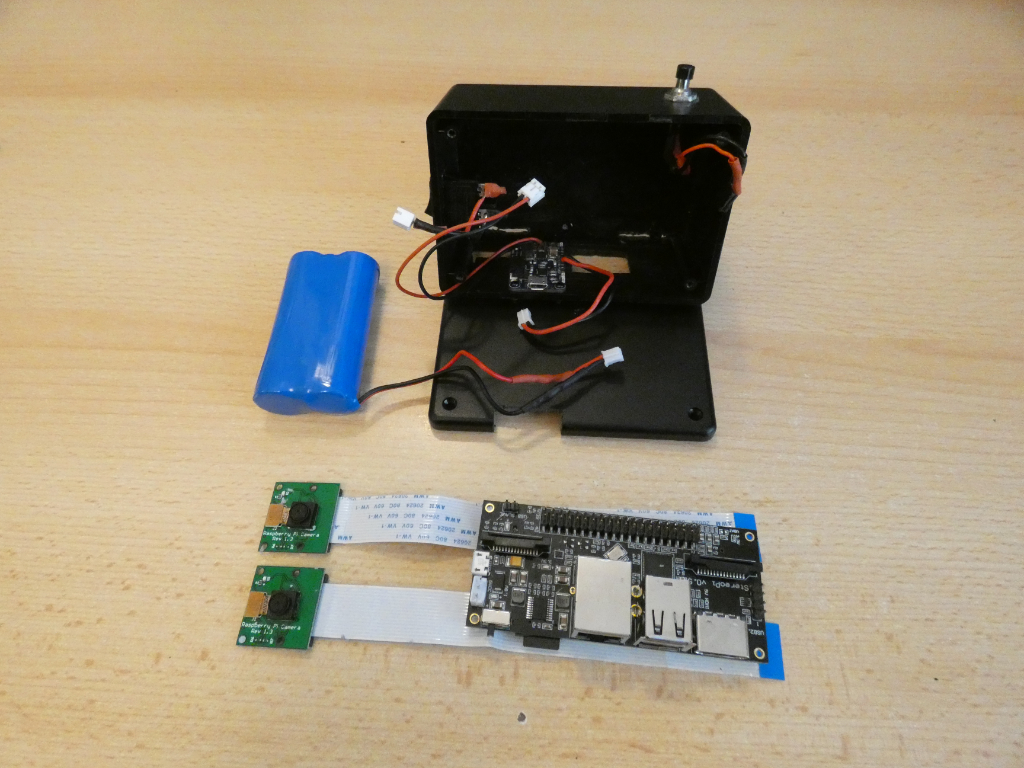
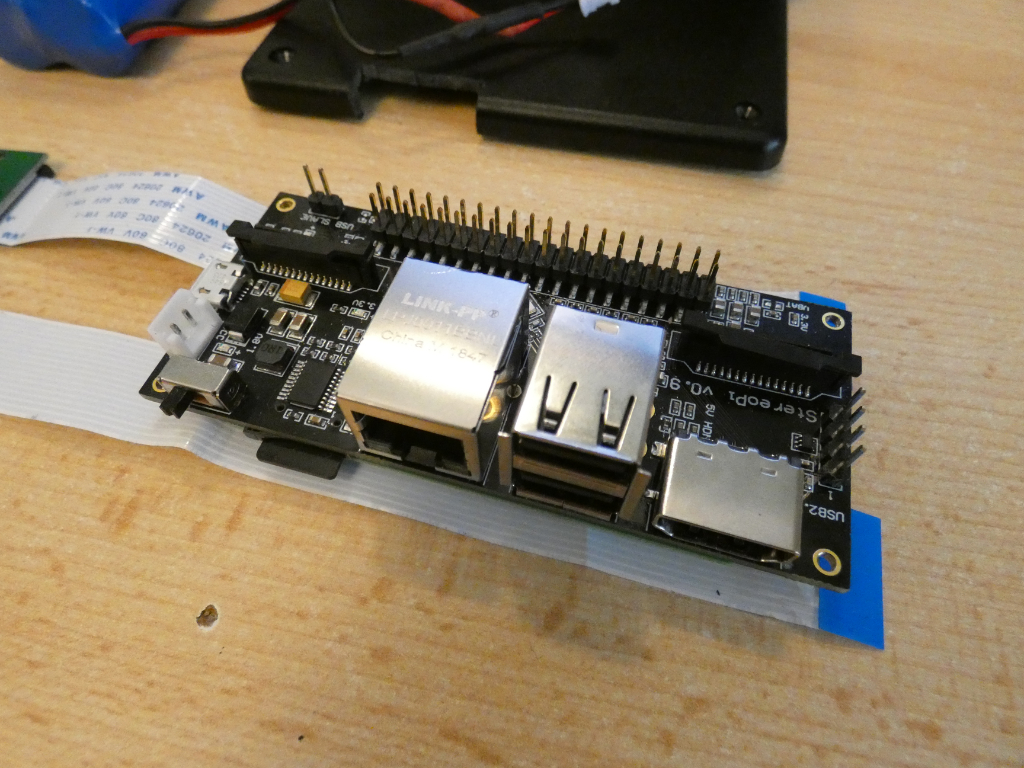

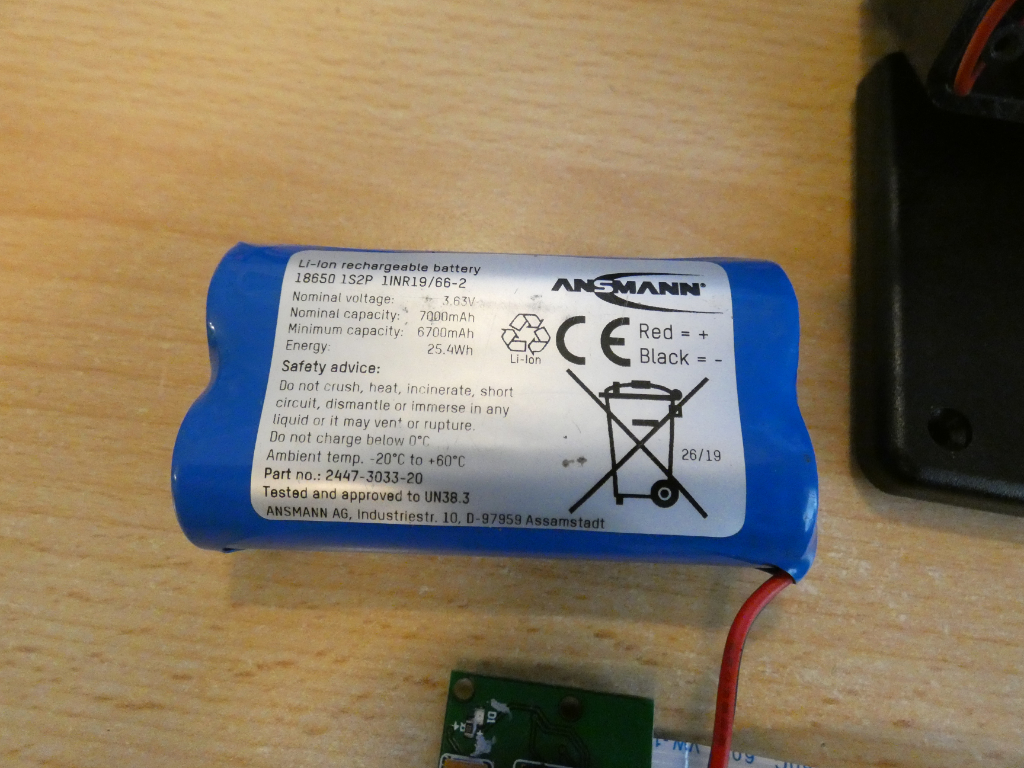
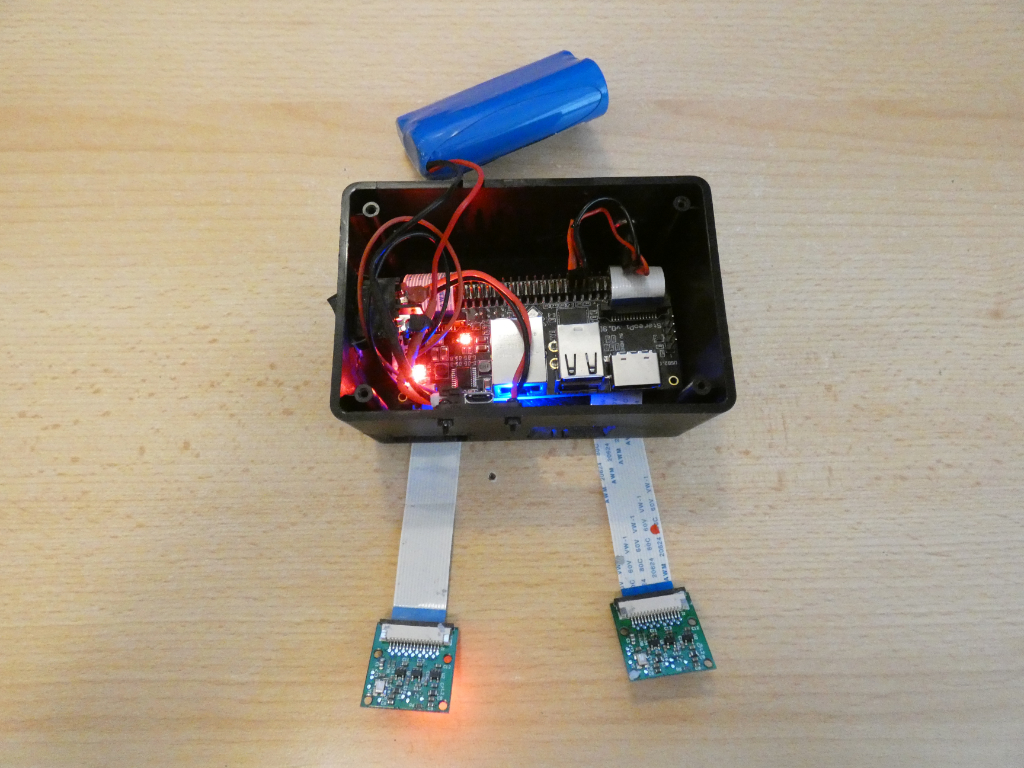
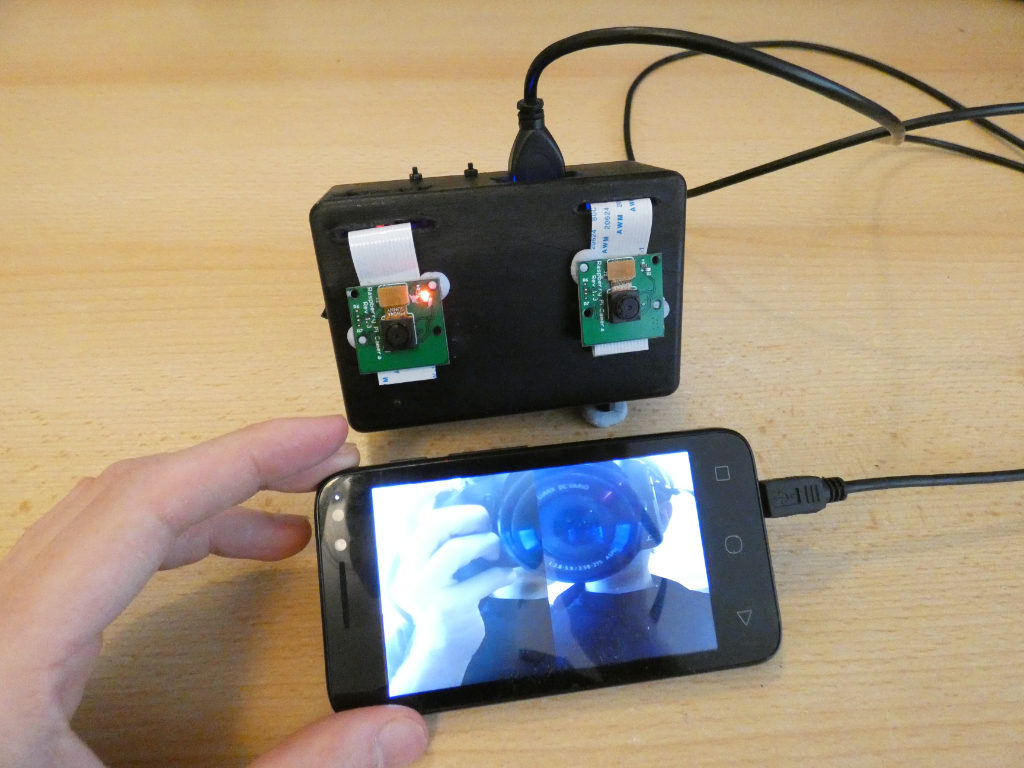
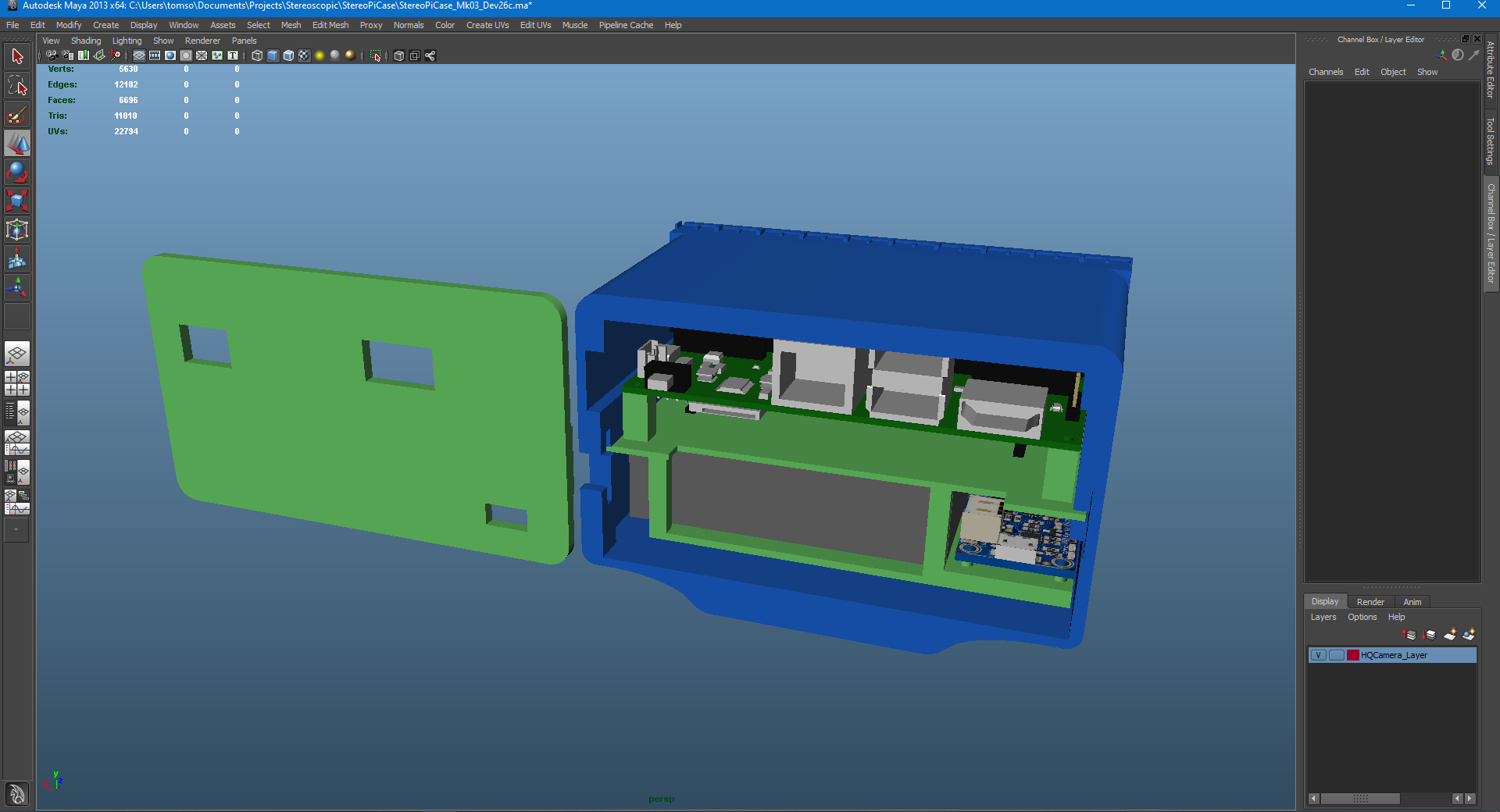
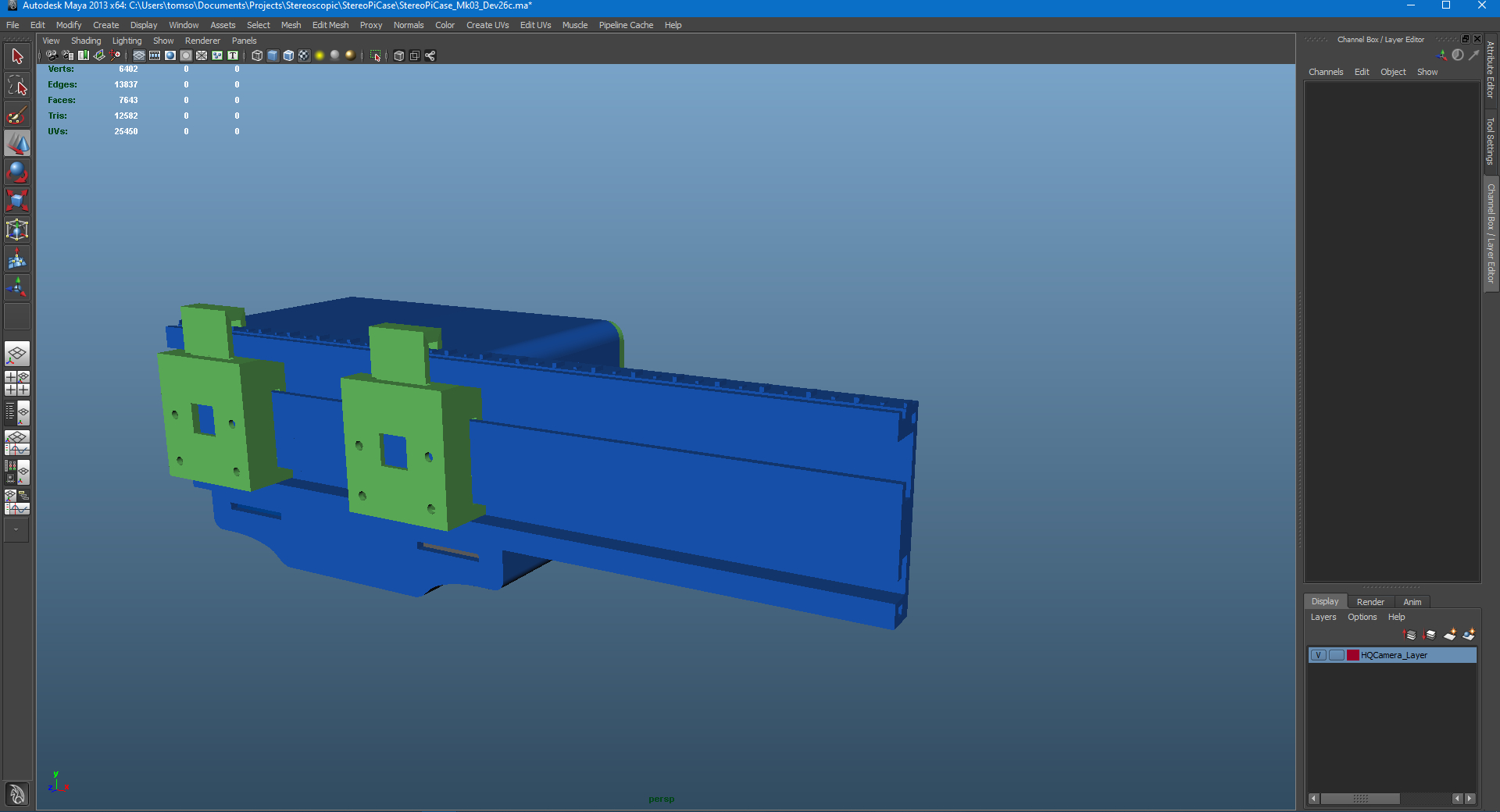
24 August 2020 1:21pm
Should have posted this up first, but here's an earlier case prototype that I quickly put together to test its durability outside in the elements. It worked quite well, even when raining. Always save your old compost bags, very useful for waterproofing things (unless they have those tiny holes in!)

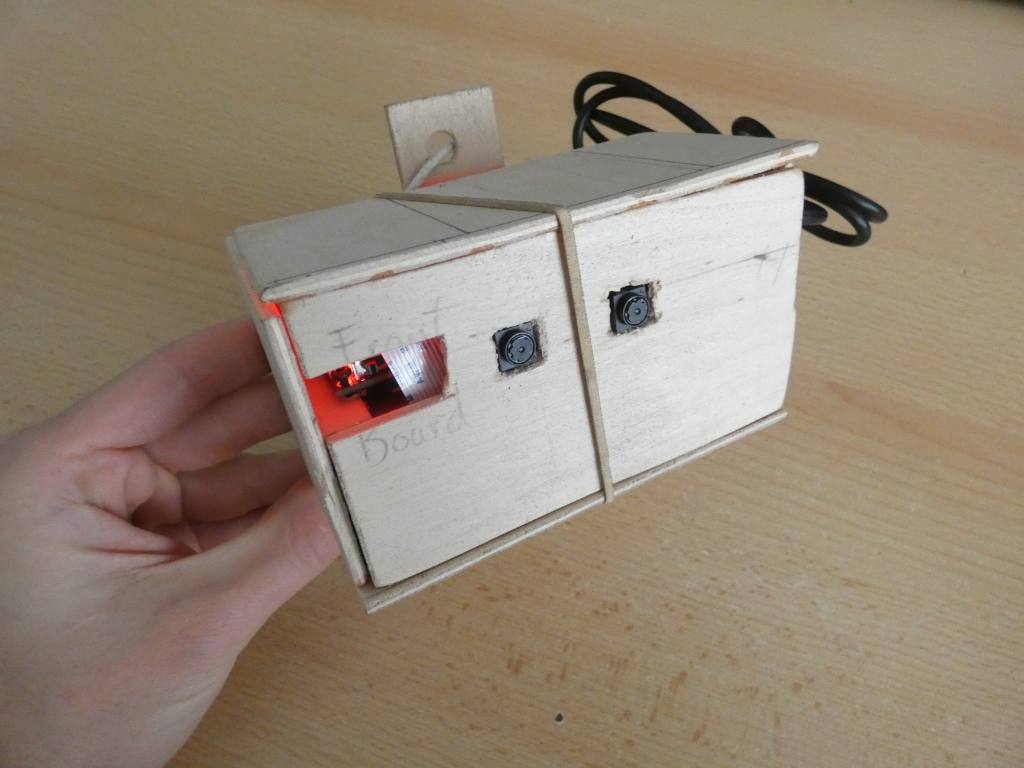
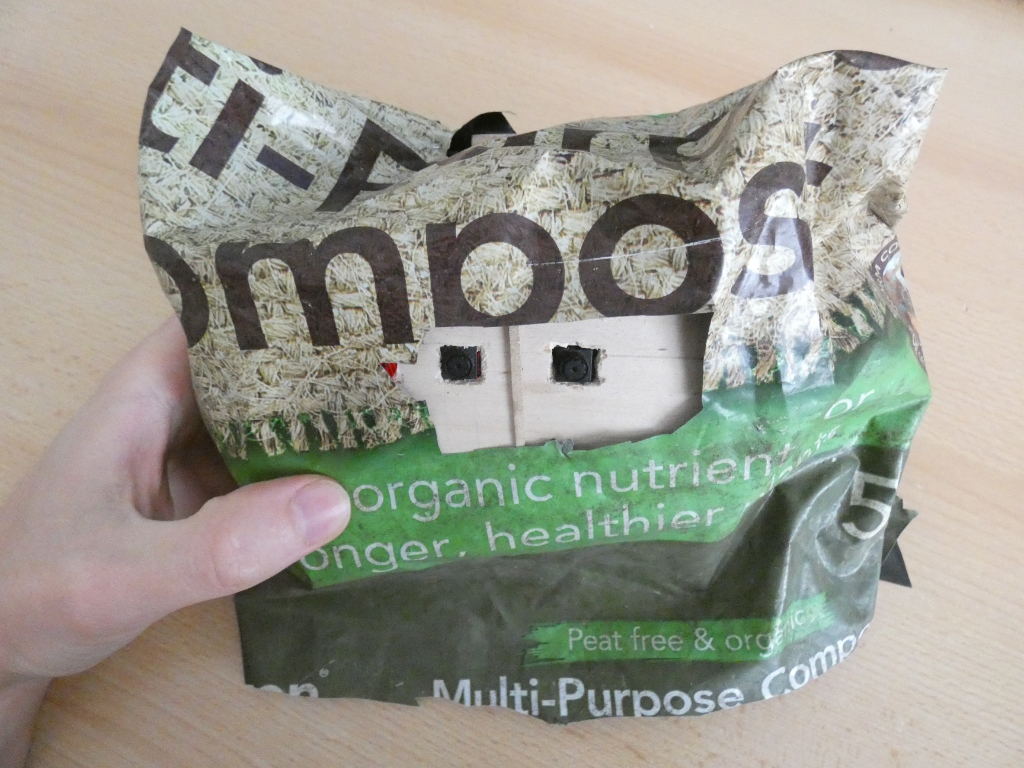
28 August 2020 3:43pm
This is awesome, Tom! I think it would definitely be really helpful for individual identification of animals, as the 3D would give you a better perspective on distinctive markings, coloration, size, etc.
29 August 2020 12:25am
Thanks Carly! I was thinking similar things, you can identify shape a lot better when you see an object with depth rather than without.
The two cameras can be configured to be a long distance apart or closer together too which means animals right up close or really far away can be identified easier. It also means that you can have the vision of a mouse or an elephant .. or a lemur!









Tom Southworth